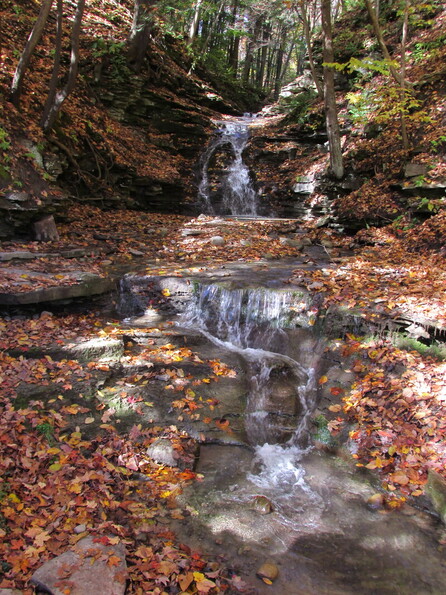Because of the strong interest in getting away from it all, campground reservations have been hard to come by, especially at established sites in national parks and state parks. It’s much easier to find a remote spot in the middle of the woods if you’re completely self-sufficient, but not everyone wants to give up a restroom, water, and cell service. No matter what appeals most to you— bare-bones car cmping or for-pay campgrounds with amenities and services— autumn is a quieter time to enjoy the great outdoors. If you weren’t able to find a campsite this summer, the fall season could provide a respite with fewer crowds. Camping in the fall is great way to extend your outdoor adventures into the cooler months, while enjoying some gorgeous fall scenery. The key to camping when the weather might be less predictable, is having the right equipment and being prepared. • Always check the forecast ahead of time specific to the parks or campgrounds you plan to visit. Remember that warm weather can turn quickly. Depending on where you’re going, you should always be prepared for all kinds of weather. • Buy a good three-season tent. You’ll want one that has a full rain fly to keep moisture out. Always bring a tarp or tent footprint to place underneath your tent to protect from moisture seeping in. Also, consider bringing an extra tarp to set up over the top of your rainfly. • Bring a sleeping bag that protects against temperatures lower than you expect. There's nothing worse than freezing through the night. Mummy sleeping bags are best for keeping you warm because they cling closer to your body. Most of them come with a hood that surrounds your head to capture heat that would otherwise escape. A sleeping pad is critical to insulating your body from the cold earth. Get a good closed-cell pad and double it up with another foam pad if needed. In terms of heat retention, this is one of the most important things you can do to stay warm at night. • Layering is the key to staying comfortable while camping in fall. You’ll want to start with a base layer, such as wicking thermal underwear to keep moisture away from your skin. Then add a layer for warmth, and finally a breathable, windproof outer layer to keep heat from escaping. Wool, fleece and synthetic materials will help keep you warm and dry. Avoid cotton clothing. Always change out of wet clothing as quickly as possible. Bring extra clothing, footgear and mittens, so that you always have dry back-ups. You might also consider a pair of winter gaiters to keep the rain or snow out of your boots or off your lower legs. • Cooking times are longer in low temperatures, so leave more time for cooking. Along with longer cooking times, you’ll need more fuel than you would in summer. Easy-to-prepare or one-pot meals are ideal. So are hot beverages to sip on throughout the day. Keep yourself well hydrated and nourished as this will help your body stay strong against the elements. • Wildlife are often engaged in fall mating rituals, so be careful to respect their space. Some animals can be more aggressive as winter nears, so beware of bee hives and be sure to eliminate trash from your campsite to avoid attracting bears and other animals. As always, never leave food in your tent. Use a bear can, hang your food from a tree, or put it in the trunk of your car at night. Keep in mind that in some areas, rattlesnakes can be active well into November if the weather stays mild, so remember your snake gaiters. • If you visit a backcountry area, bring a GPS device, compass and/or map. And b sure to notify friends and park officials where you plan to go and when you plan to return. A little nervous about fall camping? Don't fret. With a little extra preparation, you can secure plenty more time to make memories well into the autumn season. Enjoy these fall camping tipsComments are closed.
|
RAZER GAITERS

 RSS Feed
RSS Feed
